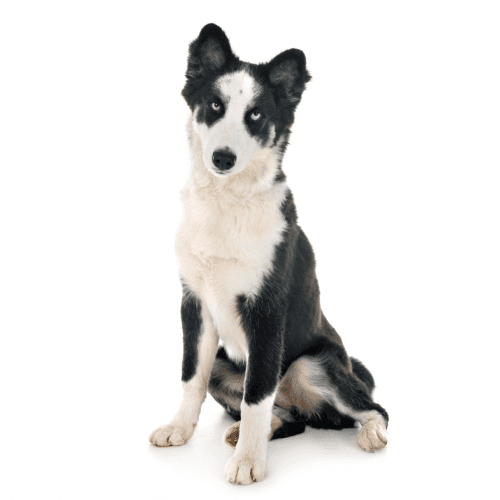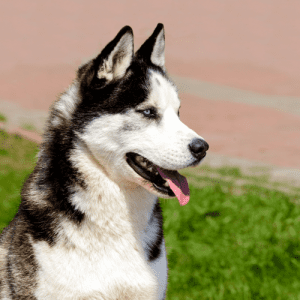Dogs have been used for sledding since the early days of human civilization. These working dogs were bred and trained to pull sleds, which allowed humans to travel through deep snow and across frozen landscapes. Sled dogs are also used as working dogs in many different industries, including law enforcement, search and rescue, and border patrol.
A sled dog is a highly trained and specialized canine athlete who’s bred and trained to pull sleds in cold and snowy conditions. Sled dog breeds are selected based on their physical characteristics and endurance. Popular breeds used as sled dogs include Alaskan Malamutes, Siberian Huskies, and Samoyeds. These breeds are well-suited for pulling heavy loads over long distances in harsh winter conditions.
Training sled dogs is a rigorous and ongoing process. It involves teaching the dogs basic commands, such as ‘stop’ and ‘go,’ and more complex maneuvers like turning and navigating obstacles. Sled dog racing is a popular sport showcasing these incredible animals’ speed and agility. Races range from short sprints to long-distance endurance events, such as the famous Iditarod Trail Sled Dog Race in Alaska.
Proper care is essential to keep sled dogs healthy and in peak condition. This includes a balanced diet, regular exercise, and routine veterinary check-ups. Sled dogs also require protection from extreme temperatures, such as insulated dog houses and protective gear like booties to prevent frostbite.
The history of sled dogs can be traced back thousands of years to indigenous Arctic cultures. These dogs were integral to transportation and survival in remote and icy regions. Today, sled dogs play a vital role in various activities, from recreational sledding to search and rescue operations in snowy terrains.
Sled dogs possess distinct characteristics and abilities that set them apart from other breeds, making them unparalleled in their capacity to navigate treacherous snowy terrains and endure extreme winter conditions.
One of the key characteristics that distinguishes sled dogs is their endurance. These dogs have been selectively bred for generations to have incredible stamina and strength, allowing them to pull heavy sleds for long distances without tiring quickly. They also have a thick double coat that provides insulation against the cold, protecting them from frostbite and hypothermia.
Training is another critical factor that sets sled dogs apart. These dogs undergo rigorous training from a young age to develop the skills necessary for their role as sled dogs. They learn commands such as ‘gee’ (turn right) and ‘haw’ (turn left) to navigate rugged terrains. They also learn to work as a team, following the lead dog and responding to the musher’s commands. This training is crucial for the safety and efficiency of the sled dog team.
Several breeds are commonly used as sled dogs. The Alaskan Malamute, Siberian Husky, and Samoyed are some of the most well-known sled dog breeds. These breeds have a long history of working alongside humans in sled dog racing and transportation in snowy regions.
In terms of history, sled dogs have been integral to human civilizations living in cold climates for centuries. They played a crucial role in transportation, mail delivery, and exploration in regions such as Alaska, Canada, and the Arctic. Their strength, endurance, and ability to navigate challenging terrains made them invaluable companions in harsh winter conditions.
The role of sled dogs has evolved. While they were initially used for practical purposes, such as transportation and hunting, they’re now popular in competitive sports like sled dog racing. These races test sled dog teams’ speed and endurance and showcase these remarkable animals’ exceptional abilities.
The breeds commonly recognized as sled dogs include the Alaskan Malamute, Siberian Husky, and Samoyed. These working dogs have a long history of being used for various purposes, including sled racing and working in teams to transport people and supplies across snowy terrains.
The Husky breeds, in particular, are known for their endurance, strength, and ability to withstand harsh weather conditions. The Alaskan Malamute is a robust and sturdy breed that originated from Alaska. Their thick double coat provides insulation and protection against the cold, making them well-suited for sled pulling. The Siberian Husky, with its striking blue or multicolored eyes, is also a popular sled dog. The Chukchi people of northeastern Siberia originally bred them for transportation purposes. Lastly, the Samoyed, known for its friendly and outgoing personality, is another breed commonly used as a sled dog. The Samoyedic people of Siberia originally bred them for herding reindeer and pulling sleds.
These sled dogs play a significant role in sled racing, a popular sport in many cold regions. In sled racing, teams of sled dogs are harnessed together and guided by a musher who stands on the sled runners. The dogs work together to pull the sled and navigate the snow-covered trails, showcasing their strength, endurance, and teamwork.
The Alaskan heritage of these sled dogs can’t be underestimated. These breeds have been integral to Alaskan culture and history for centuries. The indigenous peoples of Alaska relied on sled dogs for transportation and survival in the harsh Arctic environment. Sled dogs continue to be cherished and respected for their incredible abilities and contributions to human society.
Initially bred by indigenous peoples in cold regions, sled dogs have a rich history that dates back centuries. The origin of sled dogs can be traced to the various areas, including North America, Siberia, and the Arctic. These dogs were selectively bred by the indigenous peoples in these areas to develop the traits necessary for pulling sleds over long distances in harsh conditions.
The history of sled dogs is closely intertwined with human survival and transportation in these cold regions. They played a vital role in transportation, carrying people and supplies across vast distances, especially in areas where other forms of transport were impractical or unavailable. Sled dogs were also used for hunting, herding, and as companions.
There are several breeds of sled dogs, each with its own unique characteristics and capabilities. Some of the most popular breeds include the Alaskan Malamute, Siberian Husky, and Samoyed. These dogs are known for their endurance, strength, and ability to withstand extreme cold temperatures.
Training sled dogs is a specialized skill that requires patience, consistency, and a deep understanding of the dogs’ instincts and behaviors. Sled dogs are trained to work in teams, follow commands, and navigate through challenging terrain.
Today, sled dogs continue to play a significant role in certain regions, particularly in races and recreational activities such as dog sledding. Despite technological advancements, the bond between humans and sled dogs remains strong, honoring the history and legacy of these remarkable animals.
Having played a crucial role in transportation and survival for centuries, sled dogs are utilized by humans in a variety of ways, showcasing their versatility and adaptability.
One common use of sled dogs is in sled dog racing, a popular sport that tests the speed and endurance of these remarkable animals. To prepare for these races, sled dogs undergo rigorous training techniques, including obedience, endurance, and agility.
Sled dog care is of utmost importance to ensure their well-being and performance. This involves regular grooming, proper nutrition, and regular exercise. Sled dog equipment is specially designed to provide comfort and safety during races or expeditions. This includes sleds, harnesses, booties for their paws, and protective gear.
The sled dog diet consists of high-quality protein sources, such as fish and meat, to provide the energy needed for their physically demanding tasks.
Various individuals from different walks of life connect with sled dogs for a variety of reasons. Sled dogs have a unique ability to form deep emotional bonds with their human counterparts, which attracts a diverse group of people who share a common love for these remarkable animals.
One type of person who connects with sled dogs is the adventure seeker. These individuals are drawn to the thrill of exploring the great outdoors and enjoy the physical and mental challenges that come with dog sledding. They appreciate the symbiotic relationship between humans and dogs, relying on the sled dogs’ strength, endurance, and navigational skills to conquer rugged terrains.
Another type of person that connects with sled dogs is the competitive racer. These individuals are driven by the rush of adrenaline that comes from participating in sled dog races. They’re dedicated to training and conditioning their dogs to perform at their best, constantly seeking to improve their skills and achieve victory in the highly competitive sled dog racing community.
Furthermore, dog lovers of all kinds are naturally drawn to sled dogs. These individuals connect with sled dogs on an emotional level, appreciating their loyalty, affection, and playful nature. They find solace and joy in spending time with sled dogs, whether through recreational dog sledding or simply being in their presence.
Sled dogs possess a remarkable set of physical and mental attributes that contribute to their success in various tasks and make them well-suited for the demanding conditions of dog sledding. Sled dog training is essential to harness these qualities effectively. Training typically begins when the dogs are young and involves teaching them commands, proper pulling techniques, and endurance building exercises.
There are several sled dog breeds, each with specific traits that make them suitable for different roles. The Alaskan Malamute, Siberian Husky, and the Alaskan Husky are some well-known sled dog breeds. These breeds are known for their strength, endurance, and ability to withstand harsh climates.
Proper nutrition is crucial for sled dogs to maintain their energy levels and stay healthy during their intense training and racing activities. They require a high-calorie diet that includes a balance of proteins, fats, and carbohydrates.
Sled dog equipment plays a vital role in ensuring the safety and comfort of the dogs. Harnesses, sleds, and booties are some of the essential equipment used in dog sledding. These items are designed to distribute the pulling load evenly, protect the dogs’ paws, and provide stability on different terrains.
Sled dog racing is a popular sport that showcases the skills and abilities of these incredible animals. Races can vary in distance, from short sprints to long-distance endurance races that span several days. The Iditarod Trail Sled Dog Race is one of Alaska’s most famous sled dog races, covering approximately 1,000 miles. These races test the dogs’ strength, speed, and teamwork while also promoting the rich history and culture of sled dog mushing.
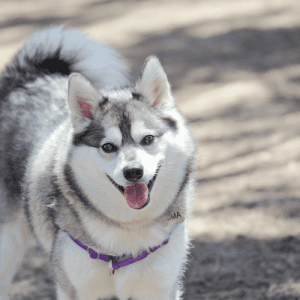


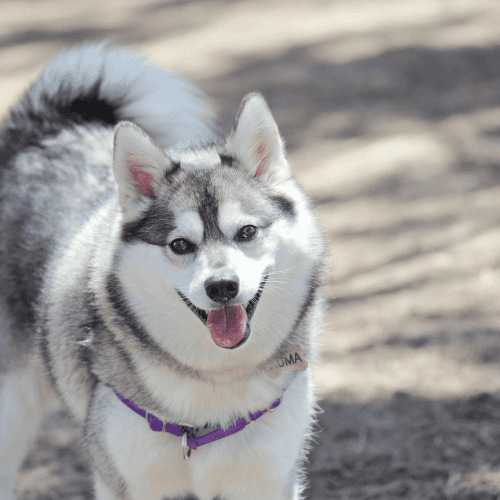

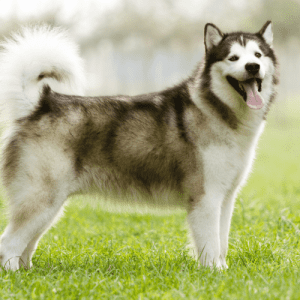
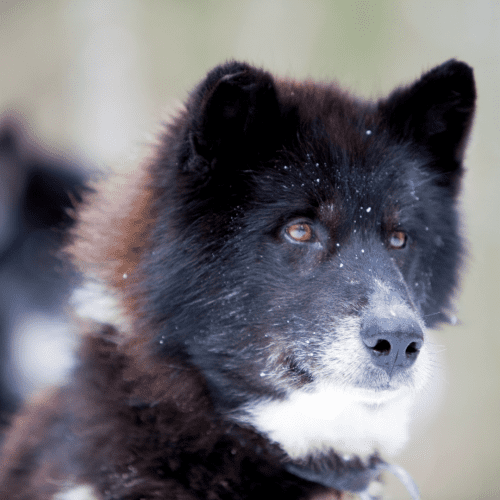
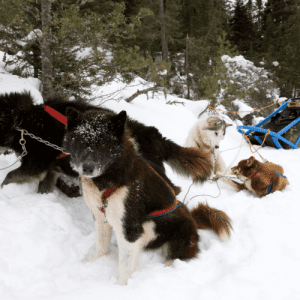
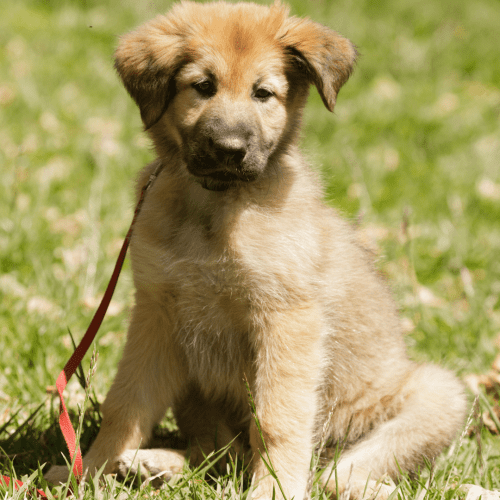

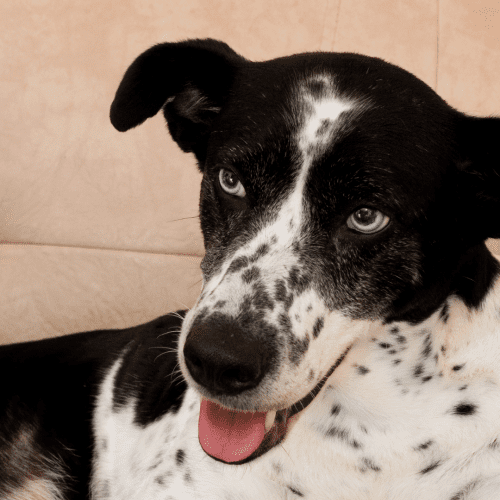
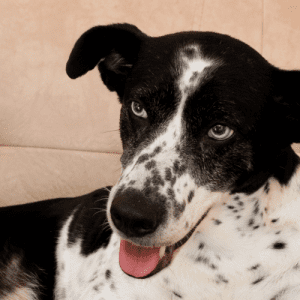
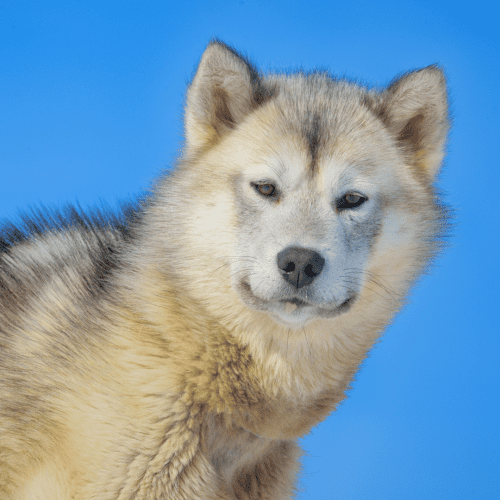
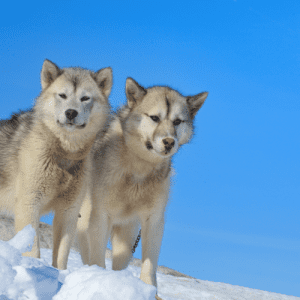
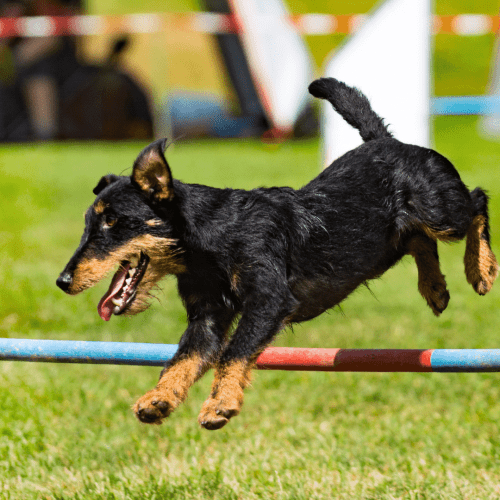

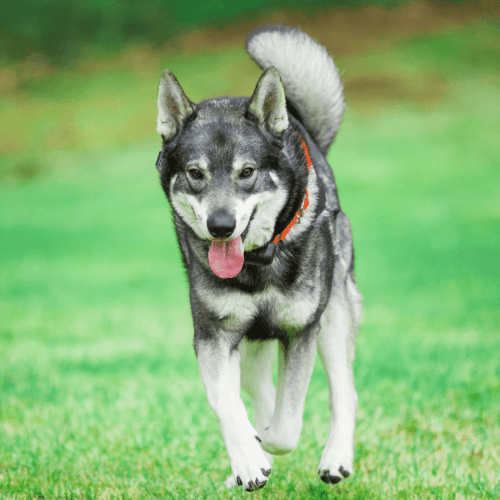

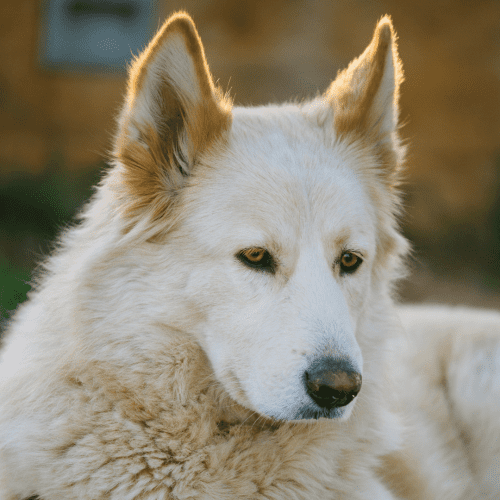

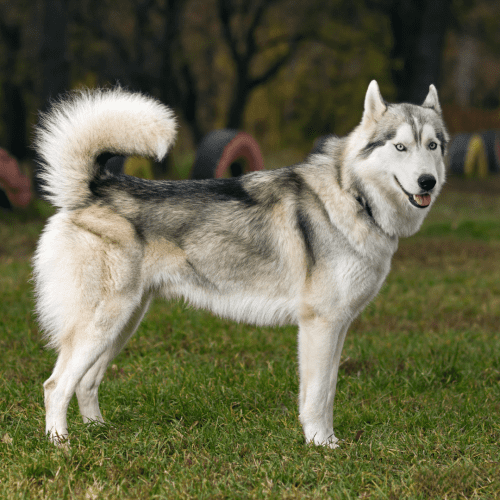

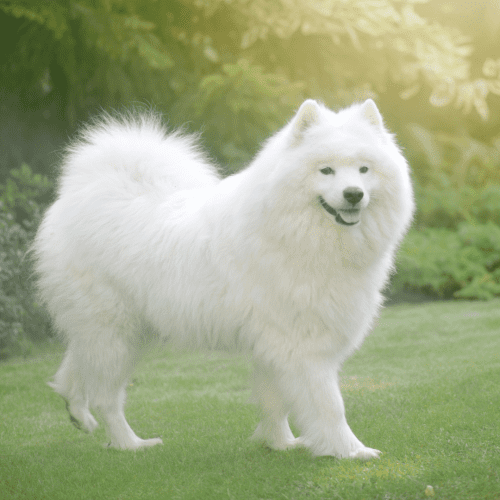

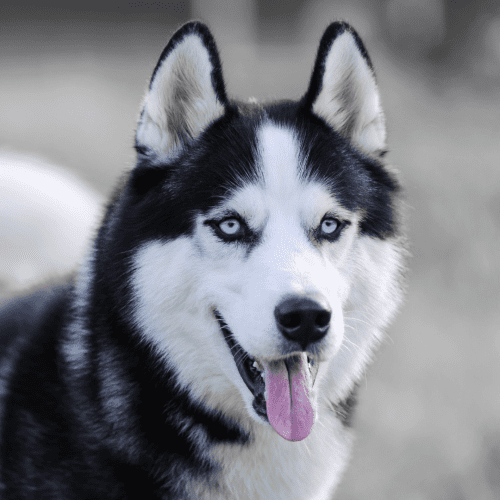
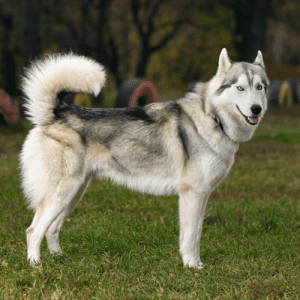 What Is The History Of The Siberian Husky Dog Breed?
What Is The History Of The Siberian Husky Dog Breed?